After 17 Years, the Cicadas Are Ready to Make Their Return
Updated June 18 2020, 7:41 p.m. ET
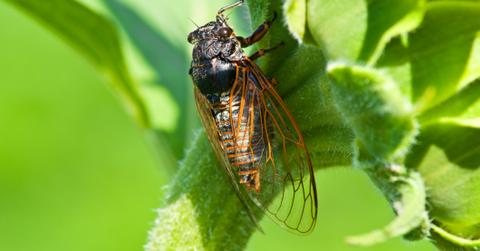
2020 has already been a lot, so just to keep up with the momentum, Mother Nature decided that it was about time for the cicadas to come up from underground and emerge. So when are these insects set to emerge? Some say they already have!
In parts of southwestern Virginia, North Carolina, and West Virginia, millions of cicadas will take the rest of 2020 to emerge for their once-in-17-year mating season. As many as 1.5 million cicadas could emerge per acre. While the presence of millions of cicadas is enough to make anyone squirm, they also produce an increasingly loud chirping noise.
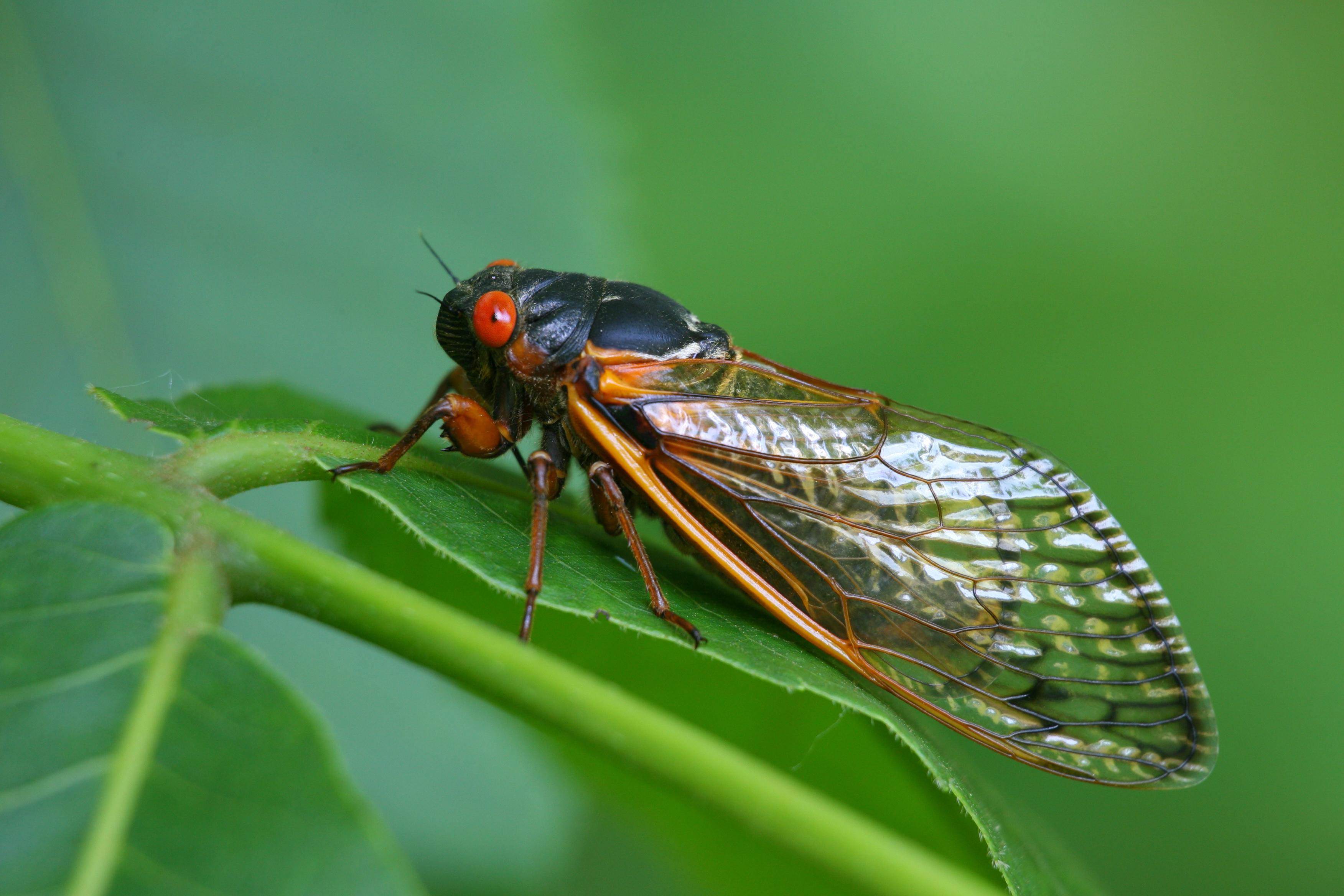
From reports on Twitter, some of the cicadas have already made themselves known. Twitter user, @Elizabe38884450, recorded the sounds of the cicadas from Roanoke, Virginia. She wrote, “After 17 years in their bunkers the Cicadas have emerged by the millions. Hear them? Roanoke Va.”
Some citizens are more concerned with the noise than anything else.
"Communities and farms with large numbers of cicadas emerging at once may have a substantial noise issue," predicts Eric Day of Virginia Tech's department of entomology. He told Virginia Tech Daily, "Hopefully, any annoyance at the disturbance is tempered by just how infrequent — and amazing — this event is."
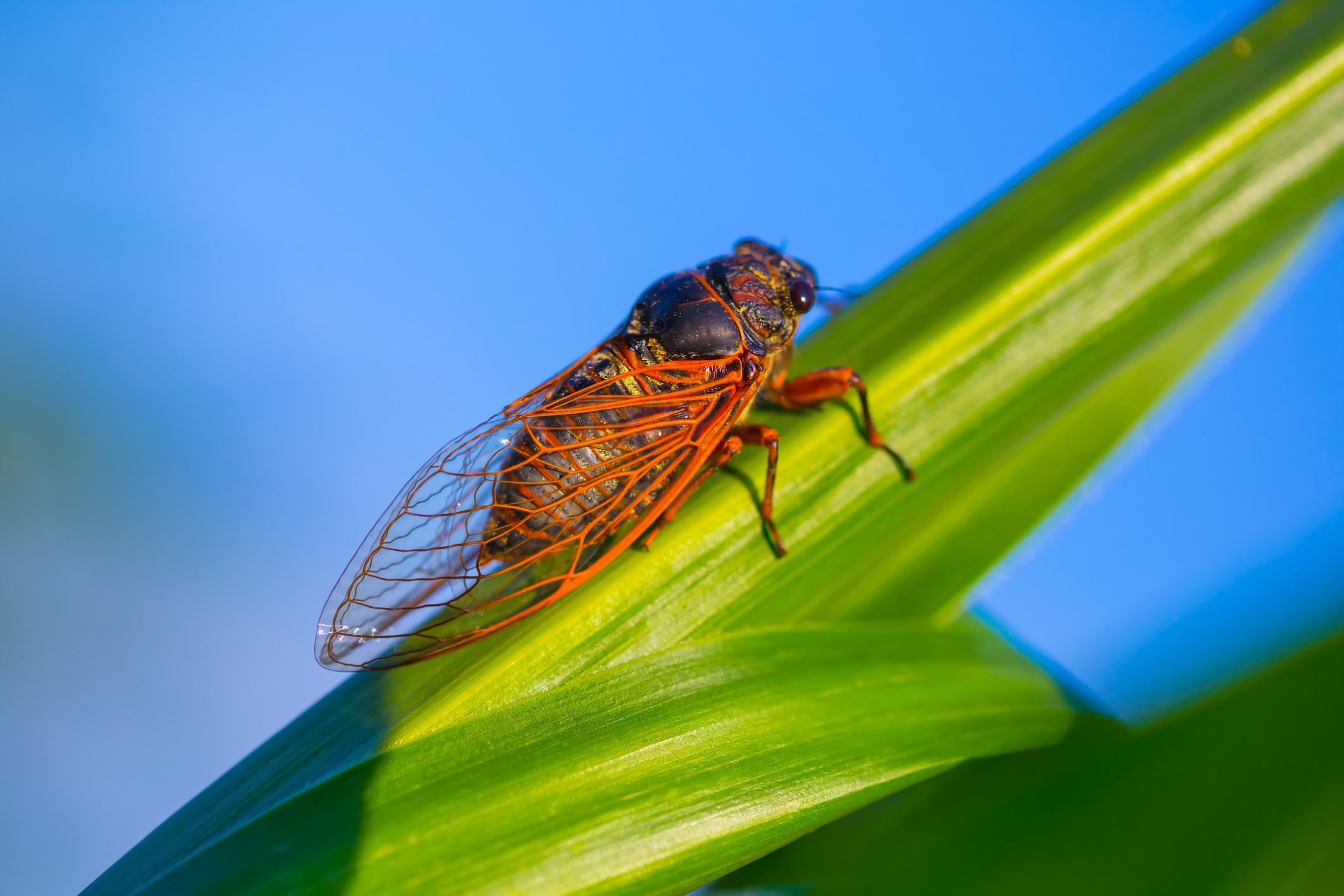
While some like Eric Day, who literally studies bugs for a living, may find this emergence “amazing,” others are not so sure. One Twitter user wrote with a sarcastic tone, “Because 2020 is determined to 2020 in ways big and small, the big cicada brood scheduled for 2024 decided it wanted to emerge 4 years early. Neat!"
Cicadas come back every 13 to 17 years.
Depending on the species, cicadas emerge every year or every 13 to 17 years. According to VT News, the timing of a 13- or 17-year cycle is one of the great mysteries of the insect world. Research and mathematical modeling suggest that the length of these brood cycles could be attributed to predatory avoidance.
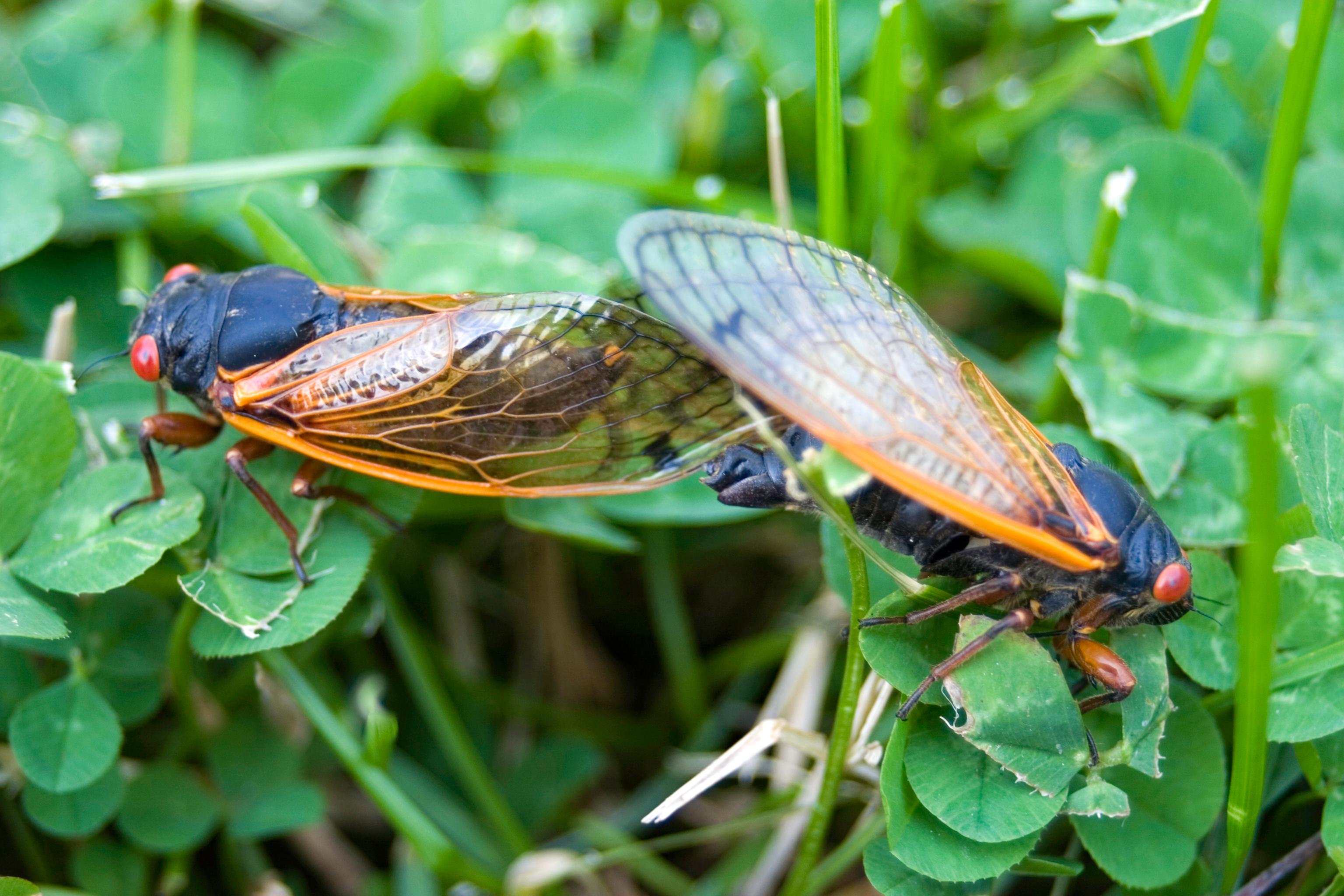
When the cicadas emerge, the amount of biomass they provide could serve as a food source for potential predators to take advantage of. It is theorized that these cicadas have evolved to avoid synching up with predator cycles by having a 13- or 17-year prime number emergence interval.
Basically, the insects spend a majority of their lives underground, in an immature "nymph" state while maturing into a full cicada, ready to emerge, breed and lay eggs.
Cicadas can be detrimental to some farmer’s land.
According to The New York Times, cicadas are not poisonous — a big part of their appeal to animals — and they do not harm humans. But they lay enormous quantities of eggs on small twigs, which does little damage to mature trees but can stunt the growth of young trees and vines, or even kill them.
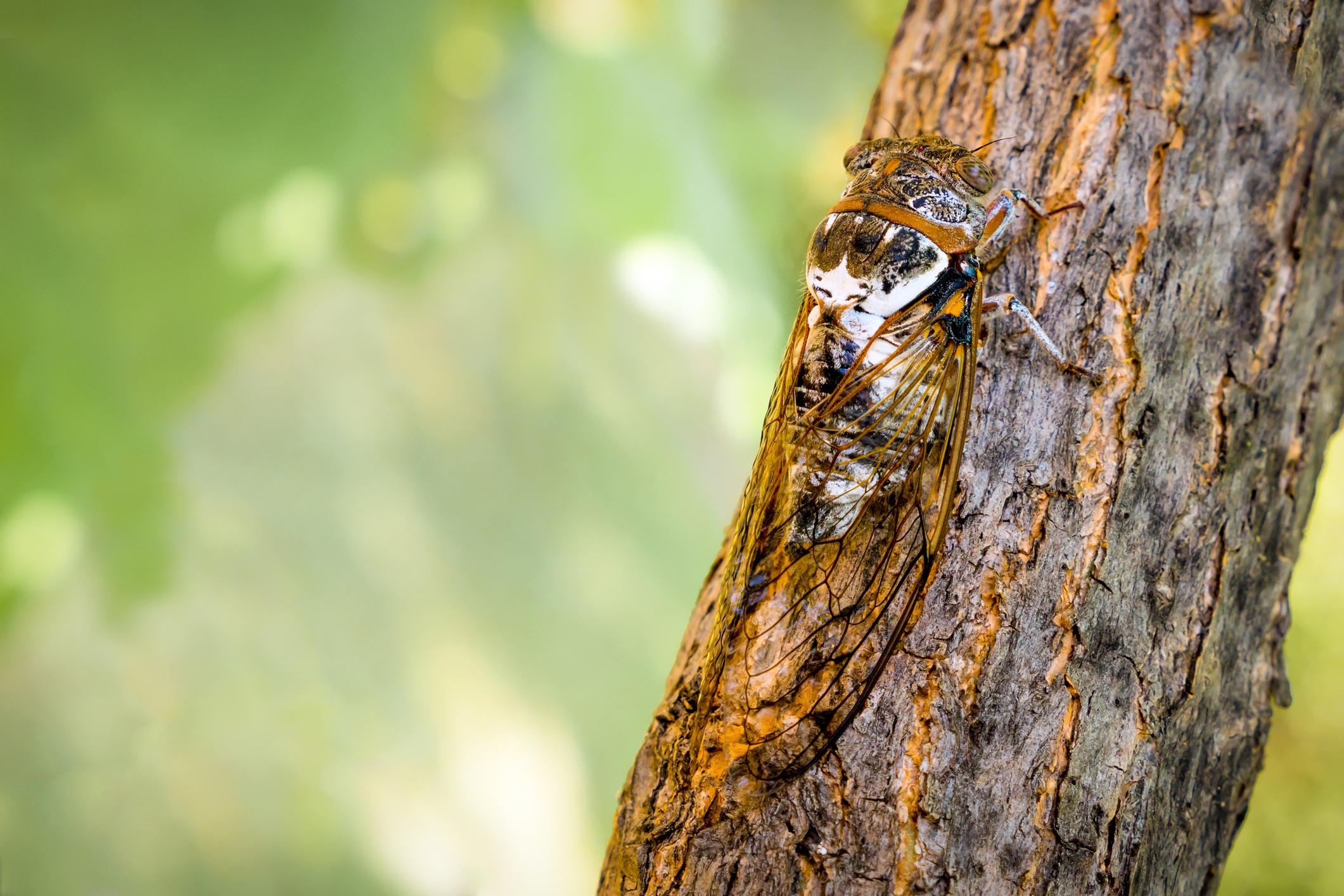
An orchard owner in Virginia is doing everything she can to prep for the cicadas’ arrival. The New York Times continued, “She has sprayed the orchard grounds with poison to keep down the number of emerging nymphs, as young cicadas are called, but has been careful to leave the trees alone. Ms. Noonkester said she did not want to kill the spiders and other predators that eat the cicadas.”